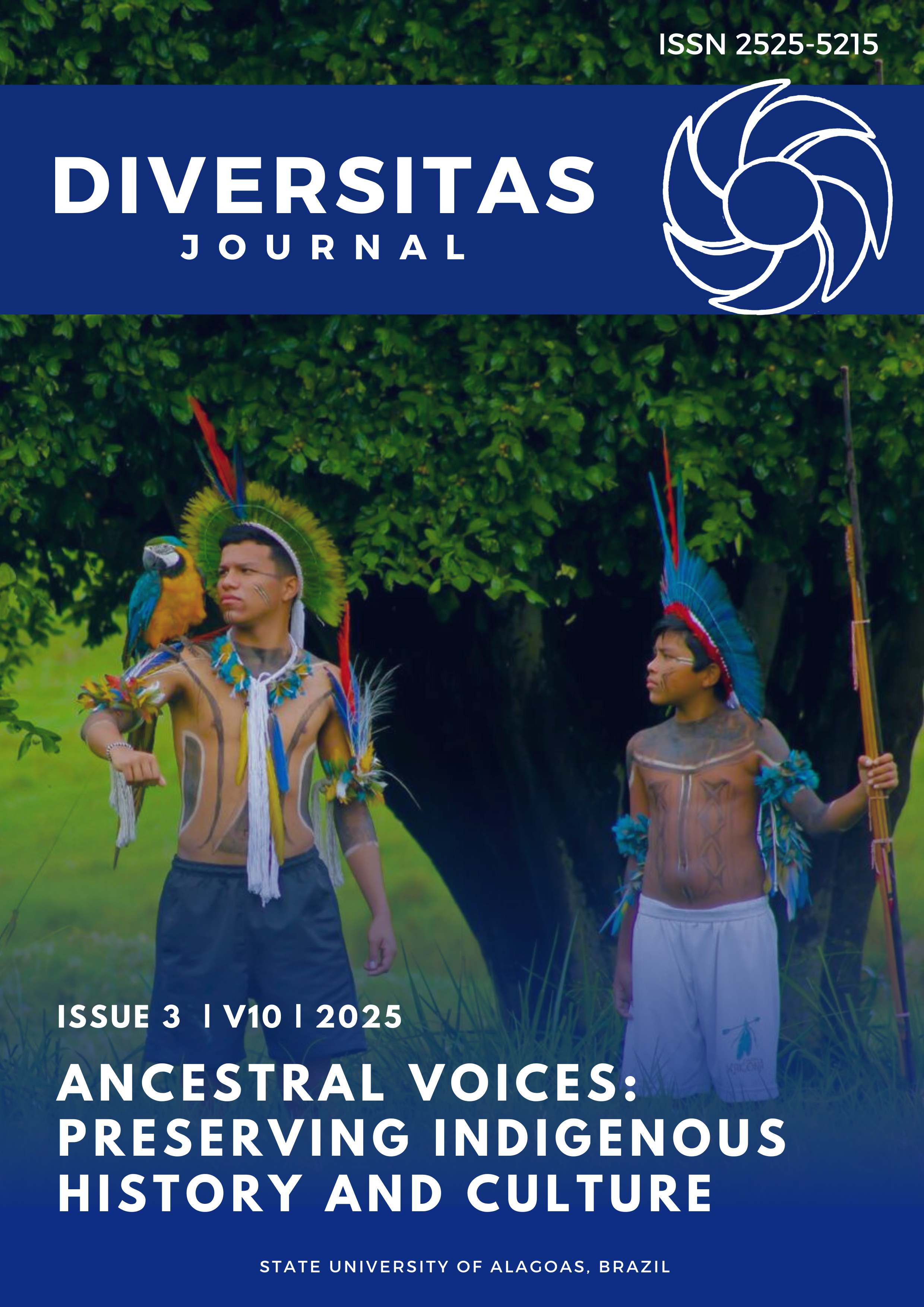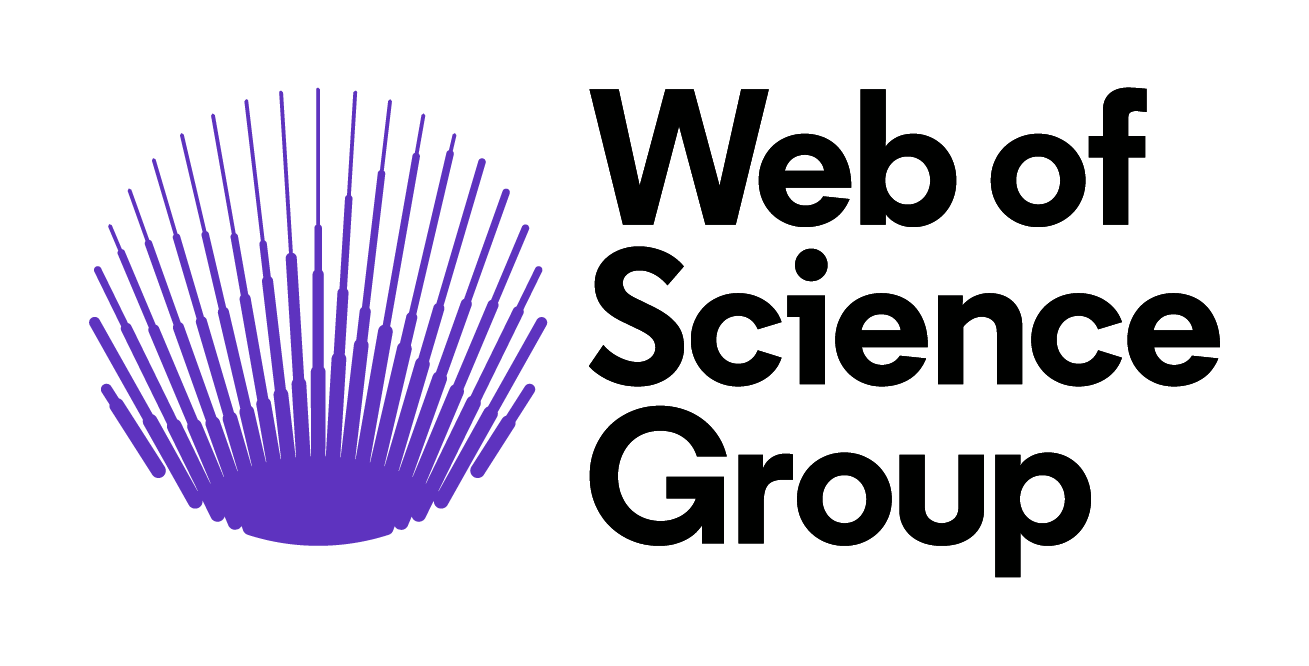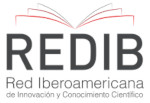Developing IEC Materials for Sustainability Education: Insights from Youth Environmental Awareness
DOI:
https://doi.org/10.48017/dj.v10i3.3483Keywords:
Developing Instructional Materials, Environmental Awareness, conservation, community, Environmental educationAbstract
Environmental awareness is considered a vital component in global efforts to address environmental challenges. The modern education system at all levels, including the K–12 curriculum of the Department of Education, is not yet fully integrated with environmental awareness initiatives, as the Environmental Awareness program has not been systematically introduced.As part of an educational resolution for environmental program awareness, this study aims to assess the level of Environmental Awareness among Senior High School Students of San Quintin National High School and recommendations for enhancing environmental awareness through Information Education and Communication Material. Information, Education, and Communication (IEC) tools such as posters, leaflets, and digital media designed to raise awareness and promote behavior change. The study utilized a descriptive quantitative survey research design to gather data among Senior High School students of SQNHS, Philippines. Questionnaires were validated and distributed through Google Forms. Analysis of data was done using simple functions in Microsoft Excel. The data gathered reveals that the SHS students of SQNHS demonstrate a high level of environmental awareness towards environmental issues, practices, and participation in environmental programs. However, despite of obtaining high level of awareness, some issues, practices and programs still needs to be addressed, particularly, knowledge on Agenda 21 of United Nations, use of solar energy as part of energy conservation, the reduction of detergent use, participation on tree planting activities and conducting environmental programs or seminar. Hence, this study recommends strengthening an educational platform by using Information, Education and communication materials that are accessible not only to the SQNHS but also to the community of San Quintin.
Metrics
References
Bamberg, S., & Möser, G. (2007). Twenty years after Hines, Hungerford, and Tomera: A new meta- analysis of psycho-social determinants of pro-environmental behaviour. Journal of Environmental Psychology, 27(1), 14–25.
Dela Peña, P. N., Macale, A. M., & Largo, N. N. (2019). Environmental awareness and pro-environmental behaviors of high school students in Los Baños, Laguna. Journal of Nature Studies, 17(1), 56–67.
Della Valle, N. (2019). People’s decisions matter: Understanding and addressing energy poverty with behavioral economics. Energy and Buildings, 204, 109515.
Harju-Autti, P., & Kokkinen, E. (2014). A novel environmental awareness index measured cross-nationally for fifty-seven countries. Universal Journal of Environmental Research and Technology, 4(4), 178–198.
Galorio, I. J. N., & Naling, C. S. (2023). Awareness and practices of senior high school students and teachers on environmental education: Basis for instructional materials development. Asian Journal of Environment & Ecology, 23(4), 16–39.
Kyva, V. (2022). Information and communication competence of teachers in the military education system: Theory and practice of development in distance learning form.UKRLOGOS Group.
Kishore, P., & Kisiel, J. (2013). Exploring high school students’ perceptions of solar energy and solar cells. International Journal of Environmental and Science Education, 8(3), 561–578.
Nayle, A. C., Tarroza, C. C., Lualhati, G. P., & Atienza, J. B. (2024). Level of Environmental Ethics Awareness and Environmental Citizenship Participation among Filipino Higher Education Student Leaders. Community and Social Development Journal, 25(1).
Punzalan, C. H. (2020). Evaluating the Environmental Awareness and Practices of Senior High School Students: Basis for Environmental Education Program. AQUADEMIA, 4(1), ep20012.
Republic Act 9512. (2008). An act to promote environmental awareness through environmental education and for other purposes. Retrieved on February 2, 2017.
Rogayan, D. V., Jr., & Nebrida, E. E. D. (2019). Environmental awareness and practices of science students: Input for ecological management plan. International Electronic Journal of Environmental Education, 9(2), 106–119.
Sompura, Y., Patel, M., & Patel, R. (2021). Environmental degradation and its impact on climate change: A comprehensive review. International Journal of Environmental Sciences, 12(2), 45–58.
Sompura, Y., et al. (2022). Contrasting climate and carbon-cycle consequences of fossil-fuel use versus deforestation disturbance. Environmental Research Letters, 17(5), 054027.
Downloads
Published
How to Cite
Issue
Section
License
Copyright (c) 2025 Junex A Sapitula, Maria Cristina Bandarlipe

This work is licensed under a Creative Commons Attribution 4.0 International License.
The Diversitas Journal expresses that the articles are the sole responsibility of the Authors, who are familiar with Brazilian and international legislation.
Articles are peer-reviewed and care should be taken to warn of the possible incidence of plagiarism. However, plagiarism is an indisputable action by the authors.
The violation of copyright is a crime, provided for in article 184 of the Brazilian Penal Code: “Art. 184 Violating copyright and related rights: Penalty - detention, from 3 (three) months to 1 (one) year, or fine. § 1 If the violation consists of total or partial reproduction, for the purpose of direct or indirect profit, by any means or process, of intellectual work, interpretation, performance or phonogram, without the express authorization of the author, the performer, the producer , as the case may be, or whoever represents them: Penalty - imprisonment, from 2 (two) to 4 (four) years, and a fine. ”


















